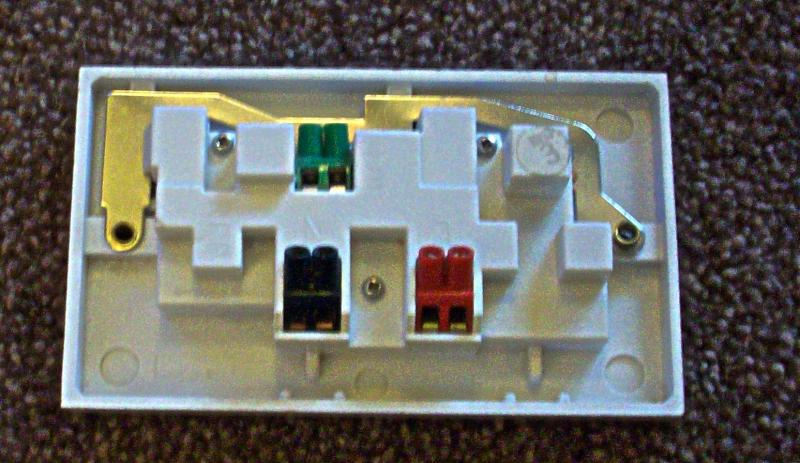I'm not sure what the rules are for portable equipment, but if this were a fixed installation then reading the regs you might get away with not providing co-ordination between the protection device and the lead:And 13A fuses in a standard plugtop feeding a 0.75mm cable-lamp, or similar, isn't too clever either. My daughter recently bought a TV set with such an arrangement, provided by the manufacturer.
So the existing (approved) system is far from perfect, or even far from sound.
- You have a known load, so don't need protection against overload current (433.3.1 (ii)).
- You presumably have a two-core cable so are running a Class II installation circuit, and therefore can ignore all of 411.
- 434 does not specify requirements for co-ordination between conductor and device. Therefore the most onerous requirement for protection against fault current is 434.5.2, the formula for which would make 0.75mm² work for 0.4s but not 5s with a 13A fuse. Whether there is actually a specific time requirement under the portable equipment standards I don't know.


